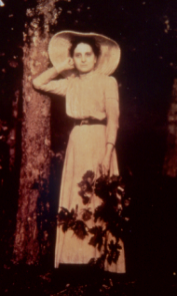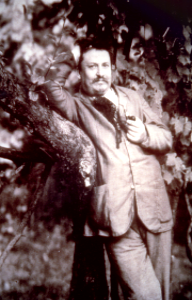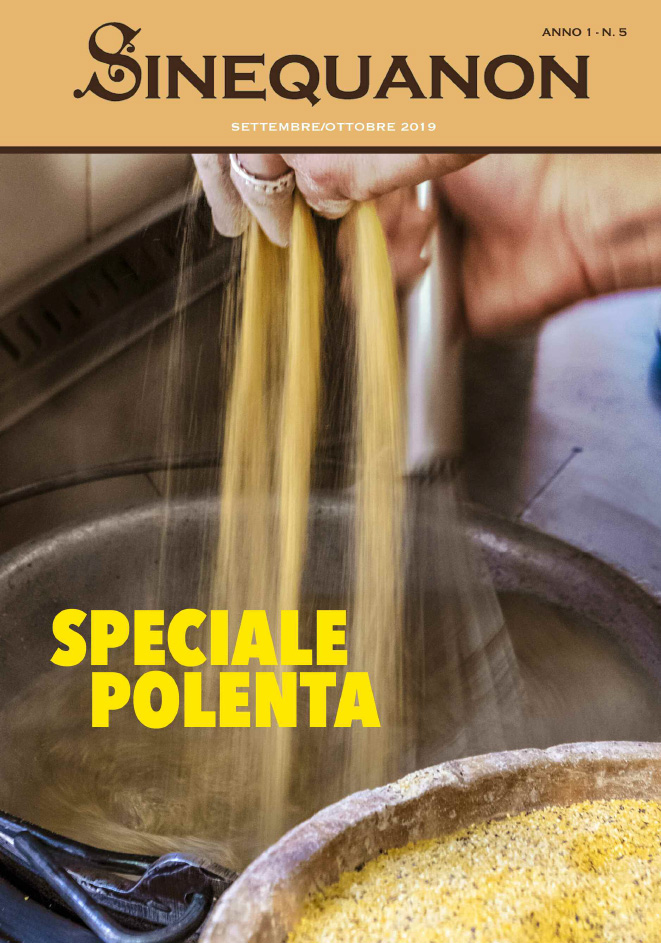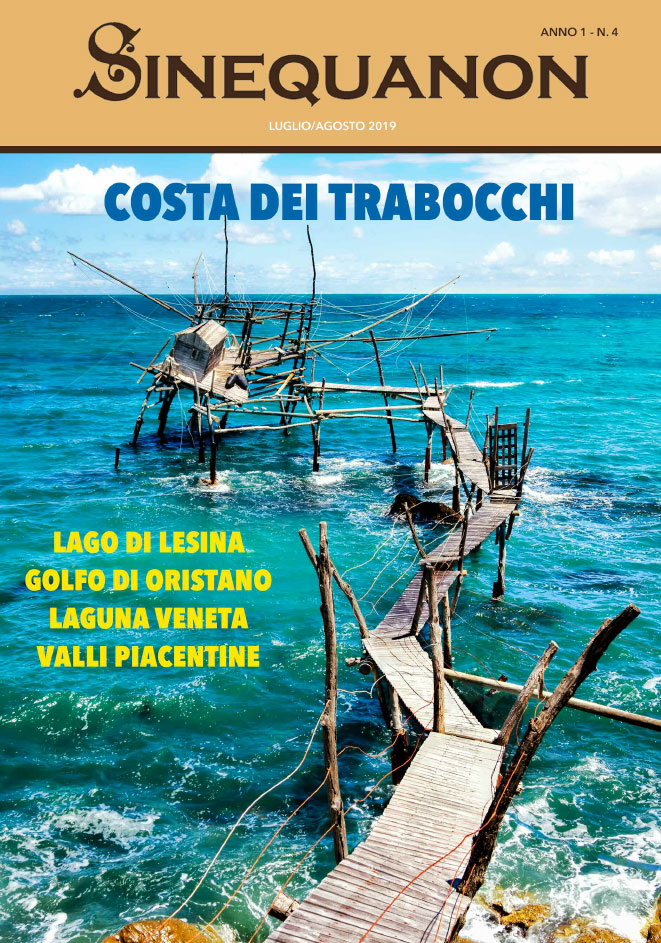Luisa Chiumenti

Barga, Castelnuovo Garfagnana and Castelvecchio offer visitors a fascinating look at the life of Pascoli. This was recently illustrated in a decisive way, at an exhibition and at a convention, both being part of a bigger program, “Memoria del Novecento” (Memories of the 1900′s).
This project started in 1999 with “D’Annunzio and the discovery of Versailles” and will conclude in 2001 with a homage to Puccini. The interesting project was created by Cesare Garboli and realized with an illustrious scientific committee including A.M. Andreoli, P.L. Biagioni, C. Cresti, M.R. Ostuni and U. Sereni. Giovanni and Maria Pascoli left a cultural heritage of great interest to Barga, which began to gain interest at the end of the 60′s with the recurring “Pascoli Lectures”. These soon stimulated new studies on Pascoli, with a large addition in the sector of criticism on the poetry of Pascoli, already a major interest since a large convention in 1983. The close rapport between poetry and figurative art – visible in the expositions that took place on other occasions – and the connection between Pascoli and Plinio Nomellini took on new life this year. At the show, designed by the architect, Cresti, the connection is clear between some of the works on display and some of the noted poetic works by Pascoli.

Among other things, the particular attention paid by the curators in selecting the works should be noted. They were careful to choose, from among a vast assortment of works, just those pieces that illustrate the characteristics of the area – the small villages “drawn” along the rolling profiles of the hills, the countryside inundated by the sun where, almost in a series of frames, the various chores of the country life are displayed. For example, “La Casa Colonica” by Magri (1912) is read perfectly in its figurative representation, from verses in which Pascoli expresses the serene fatigue of the country folk:
…”arano nel campo, dove roggio nel filare/qualche pampano brilla “e” sembra la nebbia mattina/ fumare .. arano a lente grida, uno le lente vacche spinge. altri semina; un ribatte/ le porche con sua mazza paziente…”
In the same way, “Le Lavandaie” by G.B. Santini can be “read” perfectly through the words of Pascoli in his piece “Lavandare”:
“e cadenzato dalla gora viene /lo sciabordare delle lavandare / con tonfi spessi e lunghe cantilene.. “.
As always, there is a connection between the vision painted on the canvas and the musicality of the poetry of Pascoli and his simple stories of everyday life in the fields. Sometimes, one can observe, described in the most minute of detail, some of the characteristics of the simple life – supporting the branches of trees to protect them from the weight of the ice in winter, a typical practice, or the different phases of harvesting the grapes – in an exact reproduction of the local life, which Pascoli knew well. 
Among other things, the particular attention paid by the curators in selecting the works should be noted. They were careful to choose, from among a vast assortment of works, just those pieces that illustrate the characteristics of the area – the small villages “drawn” along the rolling profiles of the hills, the countryside inundated by the sun where, almost in a series of frames, the various chores of the country life are displayed. For example, “La Casa Colonica” by Magri (1912) is read perfectly in its figurative representation, from verses in which Pascoli expresses the serene fatigue of the country folk:
…”arano nel campo, dove roggio nel filare/qualche pampano brilla “e” sembra la nebbia mattina/ fumare .. arano a lente grida, uno le lente vacche spinge. altri semina; un ribatte/ le porche con sua mazza paziente…”
In the same way, “Le Lavandaie” by G.B. Santini can be “read” perfectly through the words of Pascoli in his piece “Lavandare”:
“e cadenzato dalla gora viene /lo sciabordare delle lavandare / con tonfi spessi e lunghe cantilene.. “.
As always, there is a connection between the vision painted on the canvas and the musicality of the poetry of Pascoli and his simple stories of everyday life in the fields. Sometimes, one can observe, described in the most minute of detail, some of the characteristics of the simple life – supporting the branches of trees to protect them from the weight of the ice in winter, a typical practice, or the different phases of harvesting the grapes – in an exact reproduction of the local life, which Pascoli knew well.



